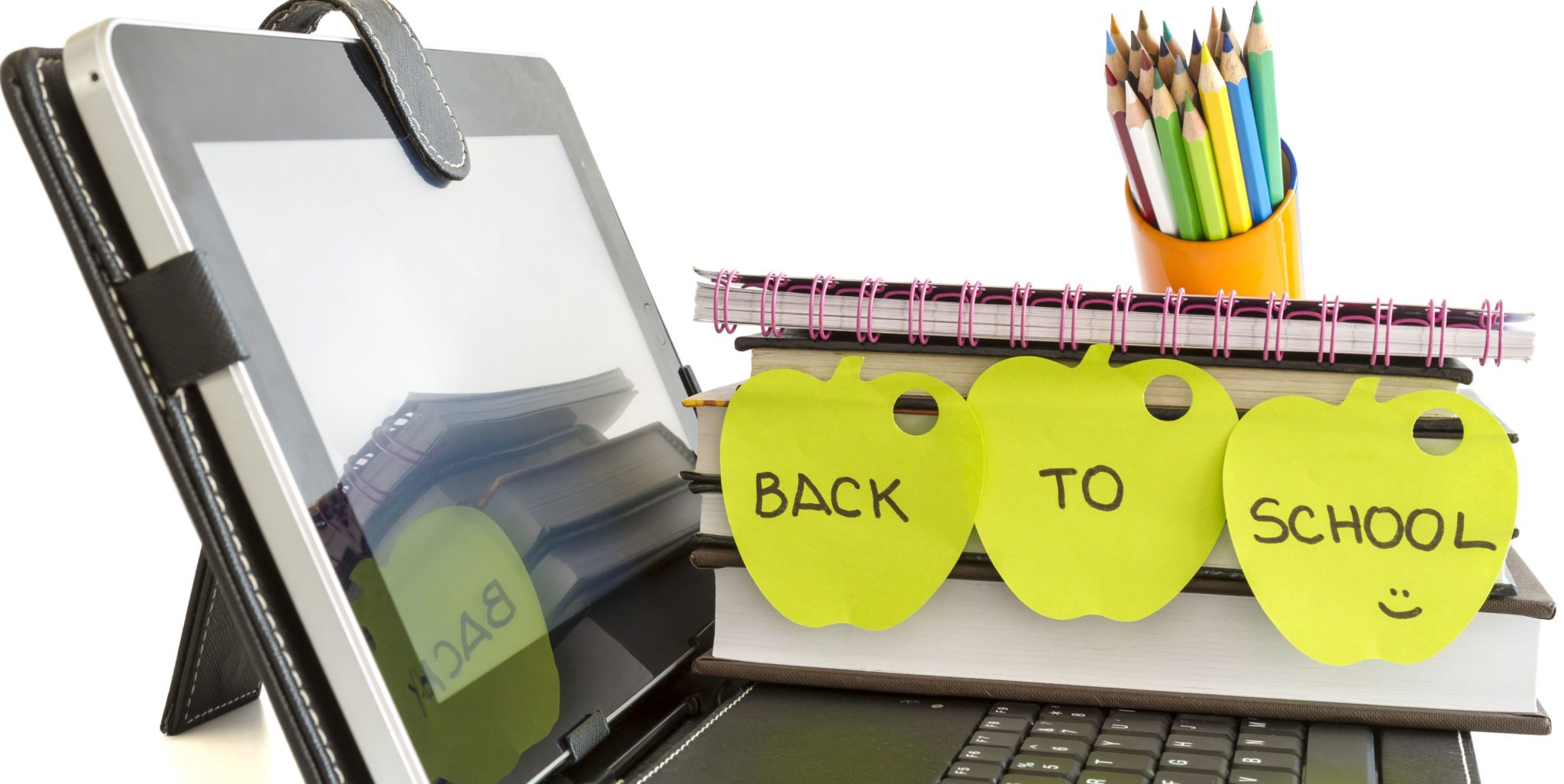These days, when the kids head back to school, they require so much that parents feel it’s a struggle to get them what they need, never mind what they want. Retail giants Amazon and Walmart have the market covered when it comes to selling everything — shoes, clothes and accessories, not to mention backpacks, school supplies and lunch boxes — at a low price. Rather than only engaging in a “race to the bottom” for the lowest prices, retailers are also competing with convenience and technology. [quote]
The early retail numbers are in and chain stores held their ground, posting a 5.2% gain on a year-over-year basis, according to a tally of comp-store sales compiled by the International Council of Shopping Centers (ICSC). Clothes were the top item for 90% of back-to-school shoppers, followed by supplies (87%), shoes (83%) and accessories (36 %), according to the Cotton Incorporated Lifestyle MonitorTM Survey.
Matt Laukaitis, managing director and chief operating officer for SAP Retail, a division of the multinational enterprise software and services company, says consumers may consider price to be a major factor, but smart retailers are aware it’s not the only lure.
“Through our research, what we’re seeing in the marketplace is a balance as to what parents and kids are looking for,” he says. “Price is just one of the top five elements that are important to shoppers. That’s bracketed by time and convenience. So it’s also about the shopping experience and about what the retailer can do to improve the shopping enjoyment customers have with them.”
When it comes to actual apparel product, nearly 8 in 10 consumers (78%) say fit is most important to their purchase decisions, followed by comfort (69%), price (60%) and quality (50%). Further, 46% are willing to pay a premium for better quality clothes.
The ICSC’s Jesse Tron, spokesperson, says spending increased substantially this back-to-school season, with consumers purchasing $325 worth of school items this season, versus $284 last year — a 14% increase.
Among those planning to buy clothes for the 2014/2015 school year, 65% intended to shop at mass merchants, followed by chain stores (54%), specialty stores (42%) and off-price stores (38%), according to Monitor™ data. Consumers expected to purchase 78% of their back-to-school clothes in-store and 22% online. This is a significant change from 2013 where 85% was in-store and 15% was online.
The ecommerce aspect becoming more essential as the years go by — especially as it relates to a retailer’s omnichannel approach.
“Omnichannel has great lead in here because retailers can use tools that didn’t exist years ago to find out what means something to those individual customers,” Laukaitis says. “It can help deliver a great experience online and in-store, as well.”
An NPD Group survey shows among the 42% of shoppers who rely on in-store information before making a purchase, their in-store visit was not always the final step in the buying process as they are there for gathering information.
Envista, a supply chain consulting and IT services firm, says stores can combat the “Amazon affect” by creating an in-store experience the online superstore cannot match. In a white paper, the company says this means understanding “how customers move through your stores and how they interact with your employees, merchandise and displays…how long customers wait for service, how they use information and how department layouts affect their shopping path and decision-making.” This information, Envista says, can help stores create concepts and layouts that eliminate customer barriers and lead to larger purchases.
Analyst Jennifer Black, founder and president of Jennifer Black & Associates, praised surf/skate retailer Zumiez, which does not rely on sales, and its omnichannel approach in a note to investors. “We feel the Stash Reward program, with its two million members, is yet another tool in the omni tool belt that will allow the company to further increase its level of engagement amongst its members. Zumiez is working on building its CRM (customer relationship management) tools over the next year to be more relevant in messaging to its consumer base. We believe the continued development of omnichannel is an integral part of Zumiez’s long-term growth and success.”
Such communication is vital, as more than half of consumers (55%) say they typically start shopping online for clothes at retailer/brand websites, followed by retailer/brand emails (24%), according to Monitor™ data.
Laukaitis says retailers must “absolutely” know the local requirements to present the best assortments. For instance, if schools have a rule that all girls’ shorts must be fingertip-length, retailers would do well to have a healthy supply in stock.
“It’s really about making sure they understand the needs of the consumers,” he says.
Among back-to-school shoppers planning to buy apparel, 61% say they were influenced by what their child already owns and likes, followed by school policies (42%), stores displays (28%), the adult’s likes (24%) and other children or friends (24%).
“For the shopper, there’s nothing more frustrating than gearing up for back-to-school and finding they either don’t have what you need or a trending item is sold out,” he says. “SAP can help retailers mine the data to see what their assortment should be, and making sure they have the right opportunity to bond with those shoppers during the process.”
